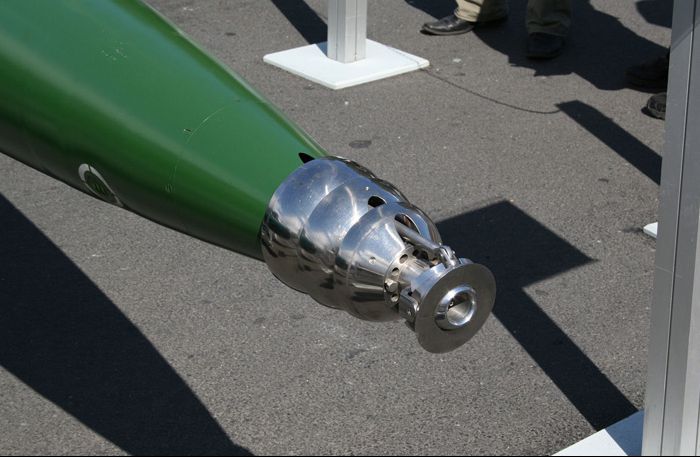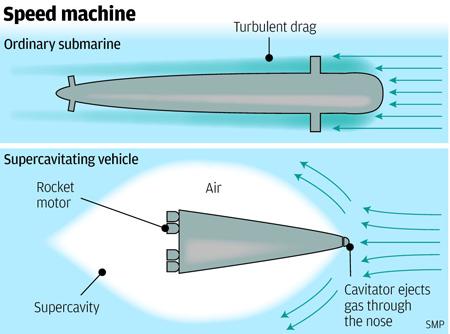The idea is based on the old Soviet concept of supercavitation which involves the creation of a gas bubble inside a liquid. In this way the friction with the fluid is avoided allowing the object inside the bubble to travel at very high speed.
The project leader, the scientist Li Fengchen, is working on a sort of liquid membrane that envelops the entire surface of the object once it comes into contact with water. The prototype created today, reaches forty-six kilometers per hour and in a few years could be able to enter a state of supercativation thus generating an air bubble that can put it in a position to cover long distances at an impressive speed.
Our study is different from any other approach attempted so far - explains Fengchen - by combining liquid membrane technology with studies on supercavitation, we will be able to make cruise control easier at speeds never reached before.
This would mean crossing the Pacific Ocean in just under 100 minutes, while a transatlantic journey could be completed in less than an hour.
Despite the progress, the Chinese are facing the typical problems of supercavitation such as the need for particular navigation commands and the development of an engine powerful enough to power the entire system.
Many details surrounding the technology remain unknown, since the project is classified as a military secret. Supercavitation has been used for very high-speed torpedoes and research is underway in the United States, Russia, Germany and Iran.
To date, only Russia has managed to put into service a supercavitation torpedo, the "VA-111 Shkval", capable of reaching the impressive speed of 200 knots (370 km / h). There is nothing comparable in the West. Moscow, however, at the end of the years' 90 sold forty 'Shkval' to China, so once again it is easy to assume that Beijing is exploiting the know-how acquired by the Russians to improve the technology of supercavitation. Finally, Iran would also test a missile derived from the "Shkval" in the 2006. The torpedo would reach 360 km / h.
 The Shkval
The Shkval
Launched from 533 mm tubes, the VA-111 is "fired" at 50 knots (93 km / h). A few seconds later his solid rocket engine propels him to 200 knots speed of 370 km / h. Some US intelligence reports indicate that the Russians would develop a prototype, the "Shkval 2", capable of reaching 300 nodes (560 km / h).
The 'GOLIS' guidance system (Go-Onto-Location-in-Space) is exclusively inertial. The torpedo modifies its trajectory thanks to four fins that graze the inner surface of the gas bubble that surrounds it.
The nose push plate can be used to control the shape of the bubble that surrounds the torpedo.
Shkval is produced in Kyrgyzstan from a state-owned factory.
Franco Iacch













